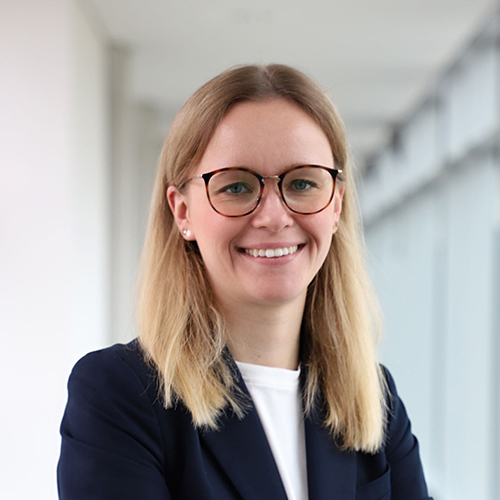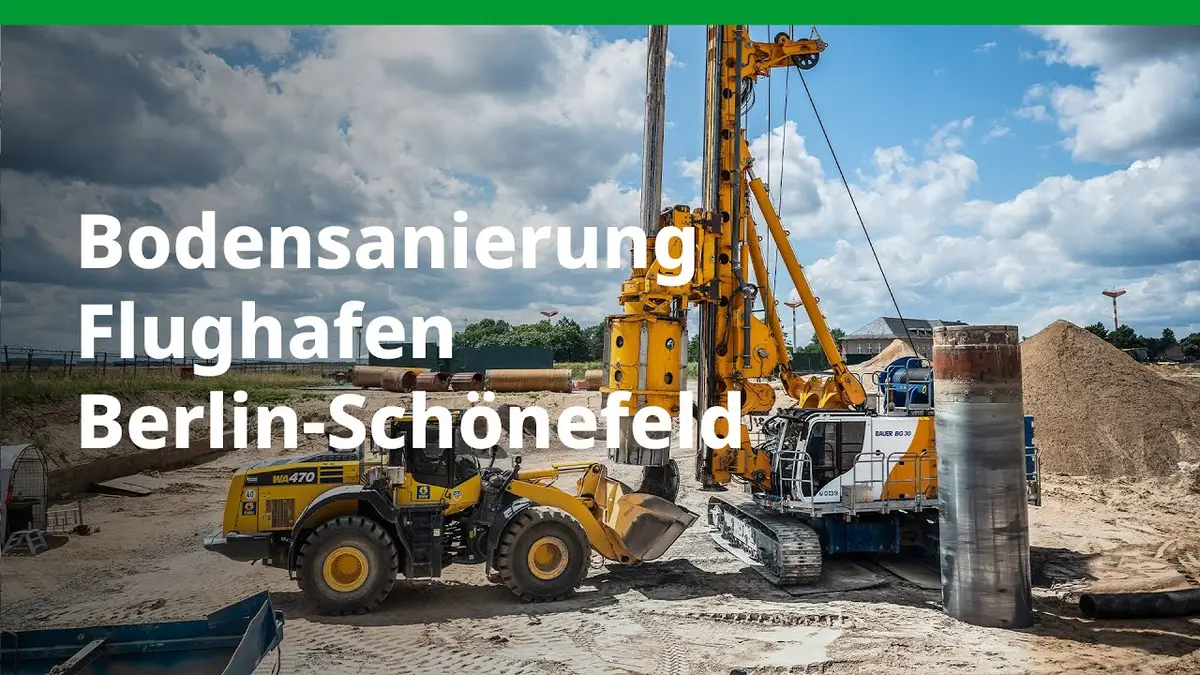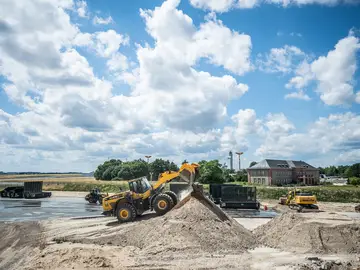Brownfield remediation from A to Z on Berlin airport grounds: A construction site that soars above the rest
Berlin-Schoenefeld, Germany – Arriving at an airport usually comes along with a sense of excitement about an upcoming vacation. But when the rehabilitation experts from the Bauer Umwelt Division of BAUER Resources GmbH arrive at the Berlin-Schoenefeld airport grounds, relaxation couldn’t be further from their minds. They aren’t about to take off on the next flight to Palma, Crete or Sardinia – they’re staying on the ground and handling the rehabilitation of the airport’s former north tank farm. Their task is to fulfill an important prerequisite for construction of the new government airport. How? By selectively dismantling the old technical equipment and replacing the polluted soil beneath it.
All kinds of rubble, steel, and soil
Site manager Friedrich Leifheit and his team have been at the location since November 2022. Their initial task was to prepare everything for the laborious dismantling process. They first tackled the operations buildings of the north tank farm – including gutting the building and contaminant cleanup. Only then could the actual demolition and dismantling of the tank farm begin. Step by step, the experts worked their way systematically from top to bottom and down to the base, which resulted in approximately 20,000 metric tons of demolition material. Alongside the operations building, they also needed to dismantle the tank farm itself, which consisted of six enormous steel tanks with a capacity of 375 m3 each. A single tank measured 4 m wide and 30 m long. “These dimensions are formidable,” said the experienced site manager. “But our team has had a lot of practice and has a knack for these types of difficult tasks.” After the demolition and dismantling were complete, a massive excavation pit remained, in which the soil exchange could now be carried out. Decades worth of leakage from the tanks have left aviation fuel residue in the soil. To remedy this, a BG 30 is currently being used to bore out about 25,000 metric tons of contaminated soil, which will be replaced with new soil. It’s painstaking work: the large-scale boreholes must be precisely bored in multiple levels using GPS positioning to a depth of approximately 12 m. While the holes are being bored, the air is constantly suctioned away, and the team is equipped with special protective equipment. Colleagues from Bauer Spezialtiefbau are assisting with the excavation work, and will take over the soil compaction work after the replacement boring is completed. Ultimately, a load-bearing construction soil will be needed for the aviation area of the future government airport.
A complex situation
When it comes to airports, one might guess that the strict safety requirements make things quite different that at a “normal” construction site. And that becomes apparent right at the entrance. Because the rehabilitation area is located within the airport’s security area, employees can enter it only via a double security door that is secured with four gates and four hording screens, along with razor wire. In addition, all personnel must be registered on a weekly basis. This also applies to all necessary equipment and working procedures. “We have to submit a detailed plan a few weeks in advance so that everything can be approved,” explains the site manager. He continues: “As always, good planning is essential.” But that isn’t all. Things are buzzing with activity all around the construction site. “No matter what work we’ve carried out here so far, there has been air traffic just 25 m away from us,” Friedrich Leifheit explains. The arrival of visiting heads of state with meter-long escorts and road closures are no rarity. It’s a complex situation that can only be managed with very concrete schedules for the construction site traffic. “The most important thing in this situation is a cautious approach, mutual respect and professionalism.”
Expertise is everything
For Friedrich Leifheit and his team, these types of projects are a core part of their business: “The technical implementation is no problem for us whatsoever, but the dimensions and the conditions at the site are not something you encounter every day. As a result, we have really exceeded ourselves as a team and gained a lot of valuable experience. There is still a lot more to do before the project is completed in January 2024, such as refilling the excavation pit and demolishing the former General Hotel.” But this construction site won’t soon be forgotten by anyone: “It literally soars above all the rest.”
Downloads
Your Contact

Specialized press Resources, Redevelopment, Environment

In order to display the video on the US platform YouTube, we need your consent to the associated data processing, as described in our data protection declaration.

